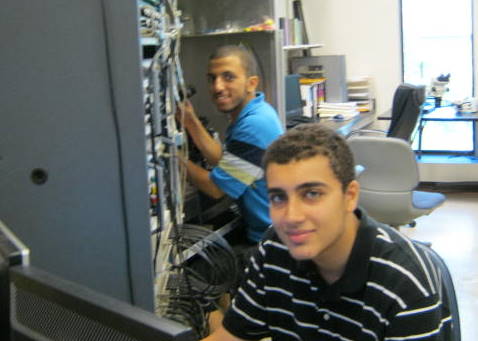Role of passive leak currents in pacemaker neuronal activity
Passive (non-voltage-dependent = linear = leak ionic) currents play an important role in determining the ability of neurons to generate activity (excitability), including pacemaker activity. However, they themselves are not thought to be important pacemaker currents, at best being necessary to bring the membrane potential to a voltage range where other (pacemaker) currents become active. We have discovered a role for leak currents that suggests that they may play a key pacemaker role directly (see attached article). Using the dynamic clamp technique, a hybrid electrophysiological/computational technique, this current can be added or subtracted from biological neurons behaving in real time. Recent experiments suggest that a neuromodulator-activated linear ionic current may modify a normally stable fixed point in neurons of the crab stomatogastric ganglion making it unstable. However, this depends on the interactions of this and other currents expressed by the cell. This project will examine the effect of these currents on the stability of the fixed point and on the neuron's behavior. Students will need to master the STG dissection, basic electrophysiological recordings (including the dynamic clamp technique), and Hodgkin & Huxley modeling.UBM students Moustafa Abas Moursy and Omar Meky in the laboratory of Dr Jorge Golowasch:


|
This Program is supported by the NSF grant award
DMS-0926232 Please contact Victor Matveev for further information. |